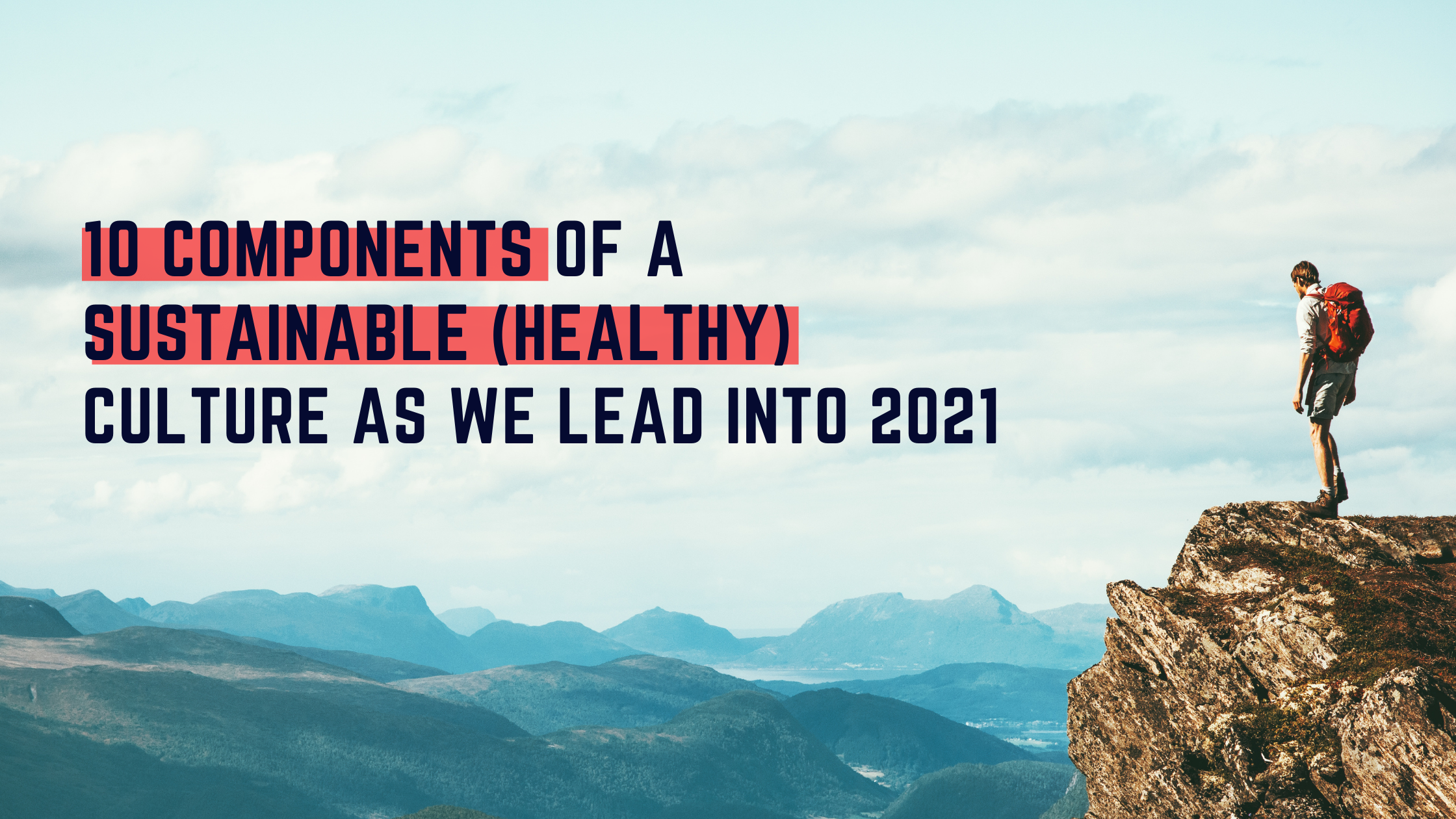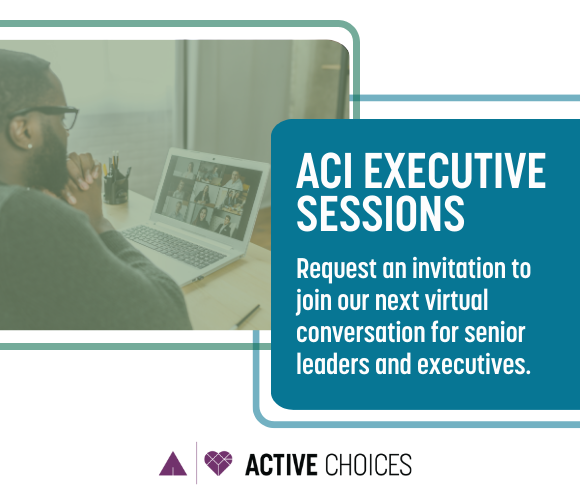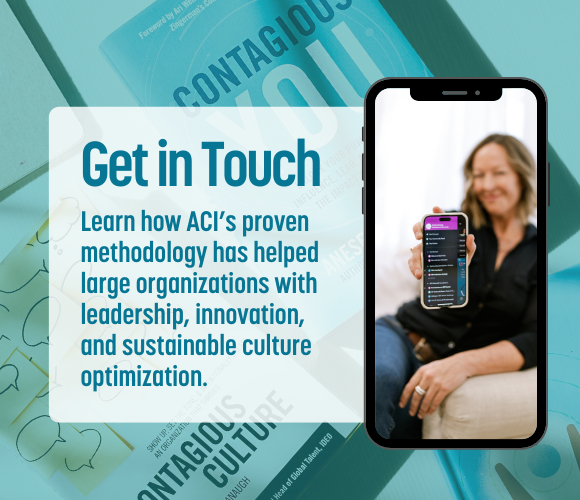As we navigate the new business and world environment of today, we'll need to focus more deeply on things we may have been able to dismiss, de-emphasize, or put off, in the past. I've spent the last twenty years building out the IEP Method® (Intentional Energetic Presence®) body of work, writing books and creating programs devoted to leadership and culture, and working deeply with organizations who wanted to have healthy high-performing positively contagious cultures for happy people and solid business results.
Amidst the pandemic and major shifts in my own organization, as well as what I've witnessed in clients and people coming through our programs (many of which have been experimental to tend to the challenges of 2020) over the last 9 months, I see a more poignant and essential list of priorities to attend to now.
First, one thing that will NEVER change in culture and leadership is the importance of self-care, clean clear intentions, and being present with humans so that they feel seen, heard, and cared for. So keep doing that. Do it more. And then do it more. And...
What I see today, as we are in the midst of a pandemic, cultural tensions, politics, social injustice and equity issues, economic and job chaos, a mental health epidemic of its own, and tremendous divide amongst the country (even with those nearest and dearest to us), is that we are going to need an even more devoted focus on the following as we move into 2021. I am writing this for organizational culture, however, I think this applies to culture in general as a whole.
- Well-being and vitality support for ourselves and our people. This may include greater emphasis and offerings on physical and mental health, a focus on the value of self-care and doing our inner work in order to be healthy and lead well, as well as safe spaces to process and heal as individuals, teams, organizations, and as a culture. This might look like anything in the range of meditation and mindfulness training, having therapists on staff and facilitators to hold space for healing and tender-topic conversations, to creating space in schedules for workouts and self-care, to simply having a 5-minute check in at the beginning of any meeting for how people are, what they're learning, and what they need.
- Clear intentions for what we want to create and the impact we want to have NOW. The world has changed. Noise and anxiety are at an all-time high, which will make getting clear on intentions and purpose even more essential. While we may rework visions (or details of visions) in this new climate, we'll still want to hold the solid intention of service and contribution, even better (and more enrolling) if we hold humanity, kindness, and positive useful impact (whatever that means to our organizations in the way we each serve) as a core intention in our work. Soul searching as an organization (and individual if you're looking at this for you personally) will be key to finding your grounding stake for intention, and then having that be your guiding light as you make decisions moving forward. This clarity of intention can serve as your collaborative stake in the ground when things get messy or unclear. Note: The more honest, clear, and clean the intention, the more powerful the communication, the more compelling for your employees, the greater the likelihood of having that intended impact, and the better the result.
- Life-giving meetings, training, and ways of "coming together." The way we connect and come together now is different. And will be for a long time. Whether we're working in an office or from home, we're all impacted by the changes in how we connect. It is essential to find tools, and create processes and agreements, that serve ourselves and our teams in the way we work now. It is also key to cultivate training and development initiatives that address well-being and self-care, financial health, and DE&I, and that arm people with the tools and ways of being to be accountable for their own leadership. Finally, advocating and supporting schedules and life-design that honors the new environment for the well-being of all will help people feel seen, cared for, and set up to succeed as they find their way forward individually and together.
- Trust and safety in every meaning of these words; physical, emotional, cultural. This will weave through everything we do -- when people don't feel safe and trust is lacking, they can't do their best work. Focusing on creativity and growth is impossible when you're focusing on survival. So this will need to be a priority. To do this we'll need to start with ourselves first, the simple questions, "Am I trustworthy? And, do I trust myself?", answered honestly (and perhaps even checked with others) will provide direction as to the internal work to be done. In addition, we'll need to make space for repairing broken trust and safety with each other, we'll need honest accountable leadership and modeling (which means telling the truth, making repairs when trust/safety is broken, asking for help, being truly present with each other, doing what we say we'll do, and owning when we don't know something). As well, we'll need clearer agreements for how we engage, including our relationship with -- and clean processes for -- feedback and honest communication, making it safe to ask for help, making it safe to be at work (physically and emotionally), making space for conversations of mental health, racial injustice, and anything else that is preventing the cultivation of trust and safety in our organizations.
- Clean Energetic Hygiene individually, in relationships, and in organizational leadership. This means being responsible for the energy we bring to the table, coming to that table with "clean" and "clear" energy, being present with each other, with ourselves, and to the reality of NOW, being clean and honest with our agendas, owning our projections, and doing our inner work before giving feedback, telling others what to do, losing our temper, or simply projecting our "stuff" on the people we love and lead (and disguising that "stuff" in the form of leadership or "authenticity"). In addition, we'll want to get clear, and right with ourselves, on the three levels (self, team, and organizational) of reciprocity to support our energetic hygiene, which will help clarify accountability and agreements.
- Financial Health and Conscious Financial & Performance Metrics. We may need to rework how we measure "high-performance" and financial success incorporating new measurements for cultural health, mental health and well-being, recovery time (and style) from low numbers of metrics, effort in helping things go right, and even honoring and measuring metrics that speak to healthy collaboration and energy leadership in moving through a pandemic, RIFFs, etc. In addition, to ensure the organization continues to bring in healthy revenue, we'll need to be even more flexible in pivoting offerings and sales to address today's needs WHILE staying true to our core values and visions for impact. Finally, we'll need to measure and address the "lowest vibration in the room's" impact on team health, productivity, and cultural well-being.
- Resiliency as individuals and an organization. Many of the components I'm offering here tie into building resiliency as an organization and as individuals. This resiliency will be needed to heal, learn, reframe, move forward, and recreate offers, initiatives, and agreements that serve now. Also serving resiliency will be learning "response-ability" (being able to respond) over "responsibility" (taking on the weight of the world and even stepping into the "hero" role of the drama triangle) as a way to make a DENT on this planet (in your org) without getting paralyzed by problems.
- Leaders have to take ownership for the energy they're bringing to the table and the impact they have. Period. I'm seeing a lot of leadership thinking they're doing a great job with their "energy" right now, simply because they have it or they can bring a "high vibe" to a room, while at the same time leaving their people feeling dismissed, invalidated, overwhelmed, unseen, not important, and sometimes clobbered by that energy. It's unconscious and often a result of moving fast with lots to do, and it's an easy leadership spiral to get into (especially if it's not safe to give feedback). This will be another casualty of this pandemic if we don't tend to the energy we're bringing to the table and how we make people feel. In order to move forward, leaders will have to take ownership for their energy and presence, their projections, their impact, and what these all do to the culture. It will start with awareness, so with all of this, we'll need to make space for executive reflection and coaching and safe space for feedback.
- Self-management and self-leadership to stay clear, command state, and engage and lead intentionally. This means being present to our own presence and impact and taking personal accountability for taking care of ourselves, showing up, creating intentional impact, and cultivating the culture we want. Related to #8, this starts with awareness and also self-care. The more we create space to take care of ourselves, the easier self-management and self-leadership becomes.
- An "Okay-ness" with "failure," disappointment, and vulnerability that we've (possibly) never had before. I don't know about you, but 2020 has meant a lot of hard for a lot of people. I've been learning the pain (and power) of "failure, disappointment, and vulnerability" at a whole new level this year, and have worked with and witnessed clients moving through this as well. I've had a lot of front row seats over the years in business and I will say that this new front row seat has gifted me with an ability see the dynamics of failure and vulnerability on a cultural level even more clearly. This "okay-ness" that will take us to higher planes, better impact, and more authentic living and connection, means making risk-taking safer than ever (really, no lip service here), making failure something to be acknowledged, processed, digested, supported, and learned from, and making vulnerability honored and actionable. (Actionable meaning that something comes from it; a next step, a deeper level of trust and connection, support, and/or more vulnerability.) Our ability to "choice-point" failure (learn, lead on, and possibly shift course -- OR get stuck and quit) will determine how strong and sustainable our culture is, as something people can count on, lean into, grow with, and be inspired by, as well as how powerfully and wholly we will serve our customers.
All of these apply to organizational culture and can also be applied to family, community, and internal (individual) culture. Which ones feel most important for you? If this feels useful (let us know here), I will write up a guide to addressing each of these as well as an assessment to get a grip on where you're at right now and where you may want to go.
//AXC
.png)







